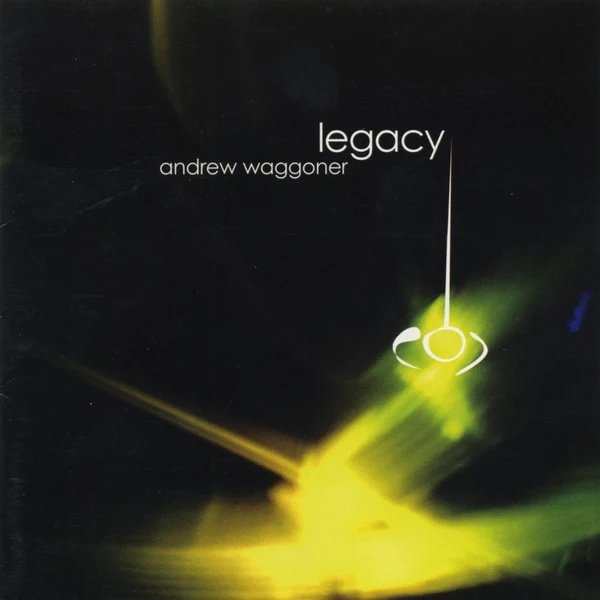Waggoner: legacy
2001 | Composers Recording CRI
Muneko Otani and Jennifer Leshnower, violins
Michiko Oshima, viola
Kelley Mikkelsen, cello
In his Symphony No. 2 Andrew Waggoner employs an “accessible” modernist musical language married to a flamboyant orchestral style that, although he claims to be “morphing Dutilleux and Shostakovich”, actually sounds a good deal like Poul Ruders. After a moderate introductory movement full of unresolved questions (not to mention cadences), the second movement busily builds up quite a head of steam, leading to a passage that seems to quote the downward sloping scale from Richard Strauss’ Alpine Symphony. The Finale is a long, solemn elegy that grows to a violent, dissonant climax before resolving into a relatively peaceful, resigned close. The Bohuslav Martinu Philharmonic handles Waggoner’s difficult and complex writing with admirable skill, but the distant, diffuse recording mutes the music’s impact.
Turning to the chamber works, Legacy: Two Movements for String Quartet opens with a bright and busily driving first movement reminiscent of John Adams’ Shaker Loops, while the second movement is less insistent and more varied. String Quartet No. 2 alternates between states of Dream and Fantasy as it progresses through six movements of increasing intensity and astringency before it resolves in the final Albedo, whose lighter mood and texture brings the work to a less stressful conclusion. The Cassatt Quartet gives bravely virtuosic readings of both works, and the clear, dynamic recording vividly recreates the performances.
Classics Today

